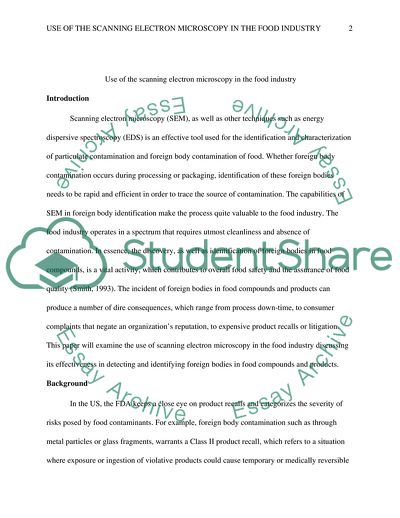Cite this document
(Use of the Scanning Electron Microscopy in the Food Industry Term Paper - 1, n.d.)
Use of the Scanning Electron Microscopy in the Food Industry Term Paper - 1. https://studentshare.org/biology/1788006-use-of-the-scanning-electron-microscopy-in-the-food-industry
Use of the Scanning Electron Microscopy in the Food Industry Term Paper - 1. https://studentshare.org/biology/1788006-use-of-the-scanning-electron-microscopy-in-the-food-industry
(Use of the Scanning Electron Microscopy in the Food Industry Term Paper - 1)
Use of the Scanning Electron Microscopy in the Food Industry Term Paper - 1. https://studentshare.org/biology/1788006-use-of-the-scanning-electron-microscopy-in-the-food-industry.
Use of the Scanning Electron Microscopy in the Food Industry Term Paper - 1. https://studentshare.org/biology/1788006-use-of-the-scanning-electron-microscopy-in-the-food-industry.
“Use of the Scanning Electron Microscopy in the Food Industry Term Paper - 1”. https://studentshare.org/biology/1788006-use-of-the-scanning-electron-microscopy-in-the-food-industry.


